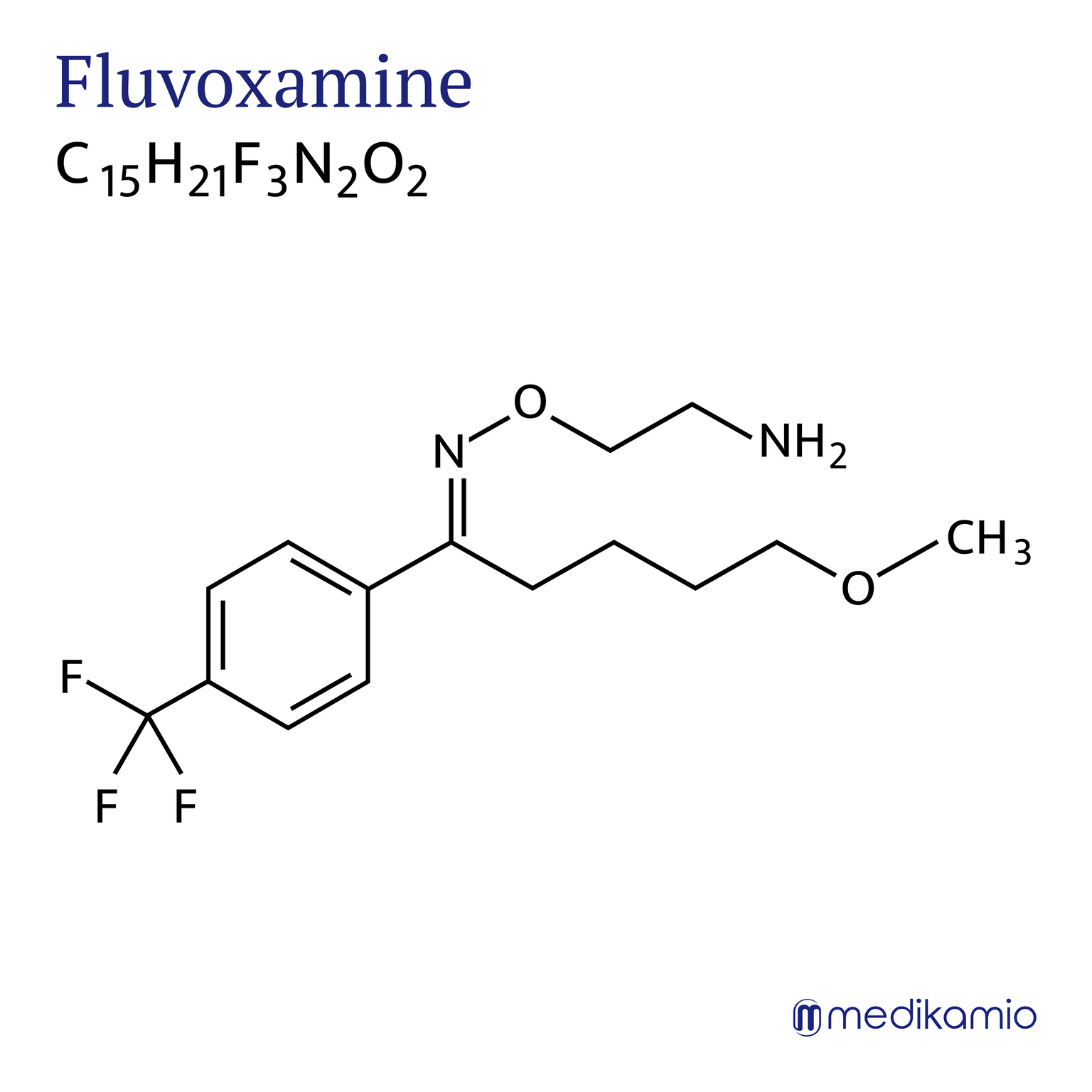Fluvoxamine can lead to a decrease in sperm quality. This can therefore lead to impaired fertility. However, this has so far only been observed in animal experiments.
Pregnancy
During pregnancy, fluvoxamine should only be taken if absolutely necessary. This will be decided by your doctor.
In the first trimester of pregnancy, no clear indications of an increased malformation rate have been shown when taking fluvoxamine or other SSRIs(sertraline, citalopram, paroxetine and fluoxetine). Unfortunately, however, this cannot be ruled out. A few publications have discussed a slightly increased risk of cardiac malformations.
It is worth mentioning the high level of experience not only with fluvoxamine, but also with other SSRIs (> 10,000 case reports).
Fluvoxamine use in the 2nd & 3rd trimester of pregnancy can lead to postpartum adjustment disorders and numerous side effects. These include hyperexcitability, tremors, drinking disorders and shortness of breath. These normally subside after one month after birth at the latest. In a few cases, persistent pulmonary hypertension has been observed in newborns. However, this has not yet been confirmed.
If fluvoxamine was taken during pregnancy, the birth should take place in a neonatal clinic.
Fluvoxamine intake should not be stopped abruptly during pregnancy.
Alternatively, sertraline and citalopram can be taken, but only when treatment is restarted.
Breastfeeding
Fluvoxamine can be taken during breastfeeding . However, the risk-benefit profile should still be weighed up. It is therefore essential that you talk to your doctor. The level of experience is very low.
Fluvoxamine passes into breast milk, but symptoms in breastfed children have not yet been described. Although fluvoxamine is the drug of choice for breastfeeding, it should only be used with great caution. If you notice symptoms in your infant, please consult a pediatrician IMMEDIATELY .



